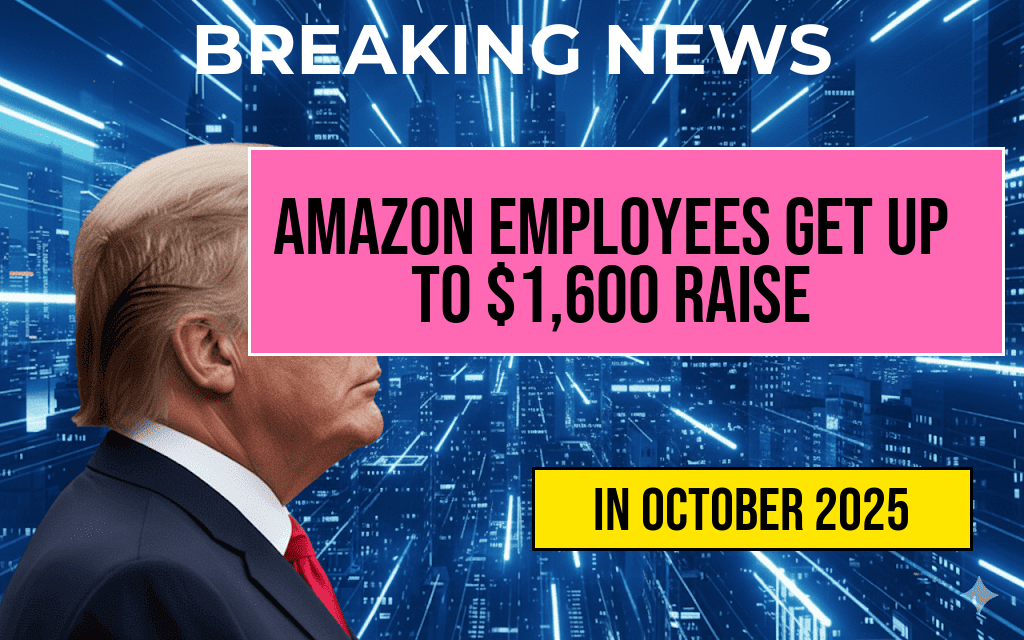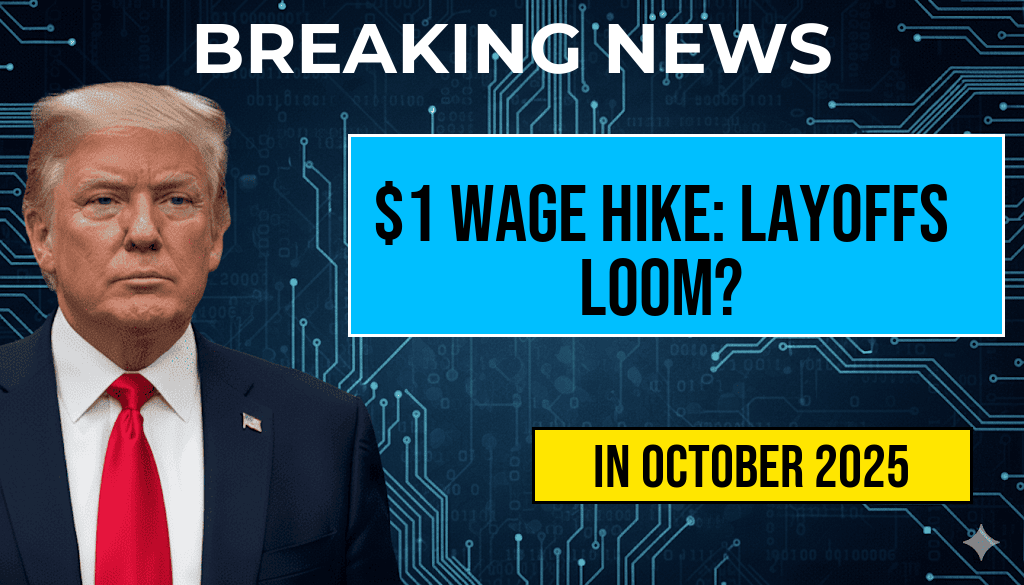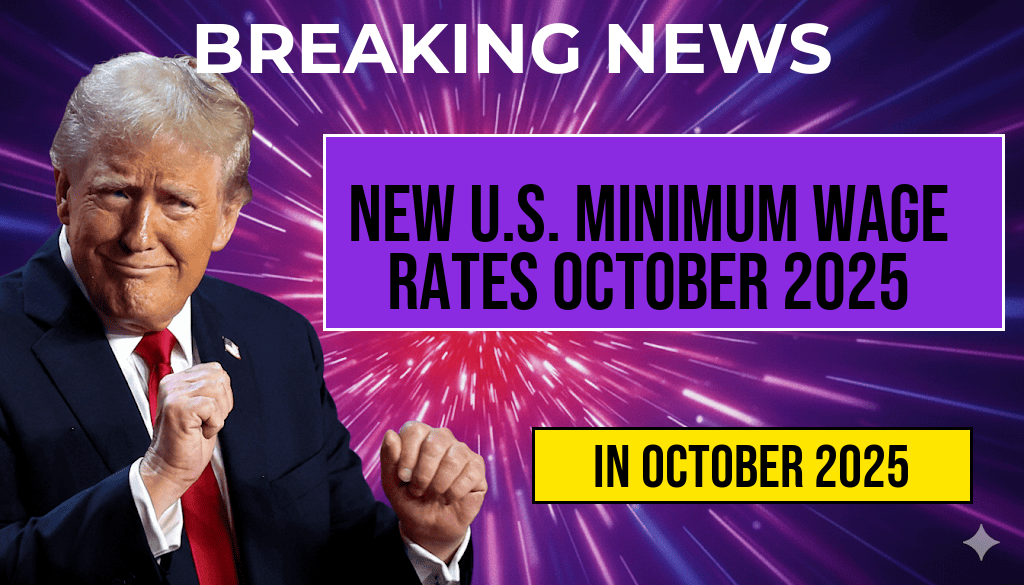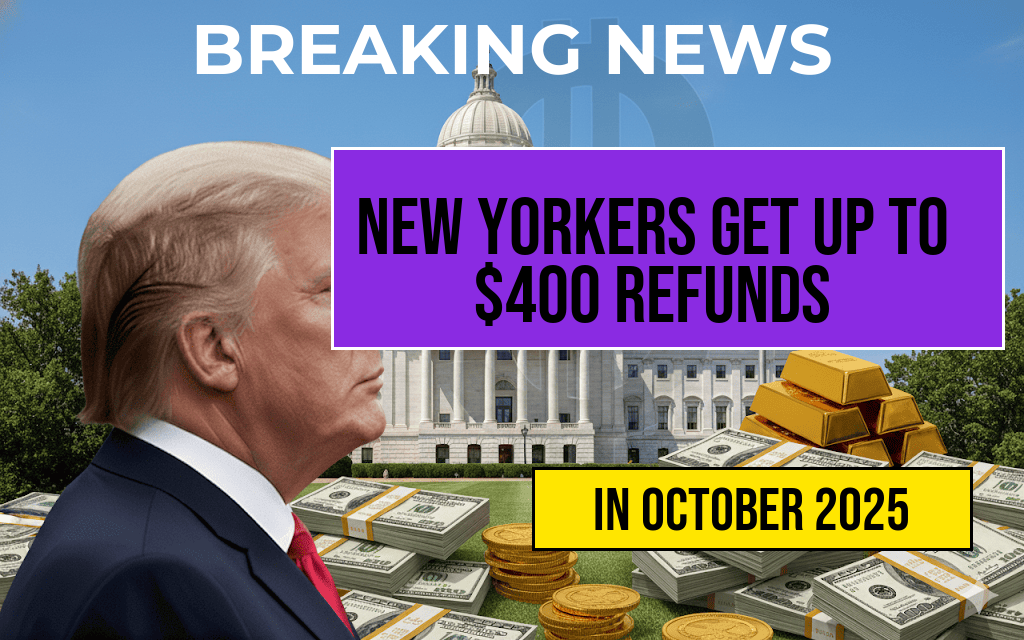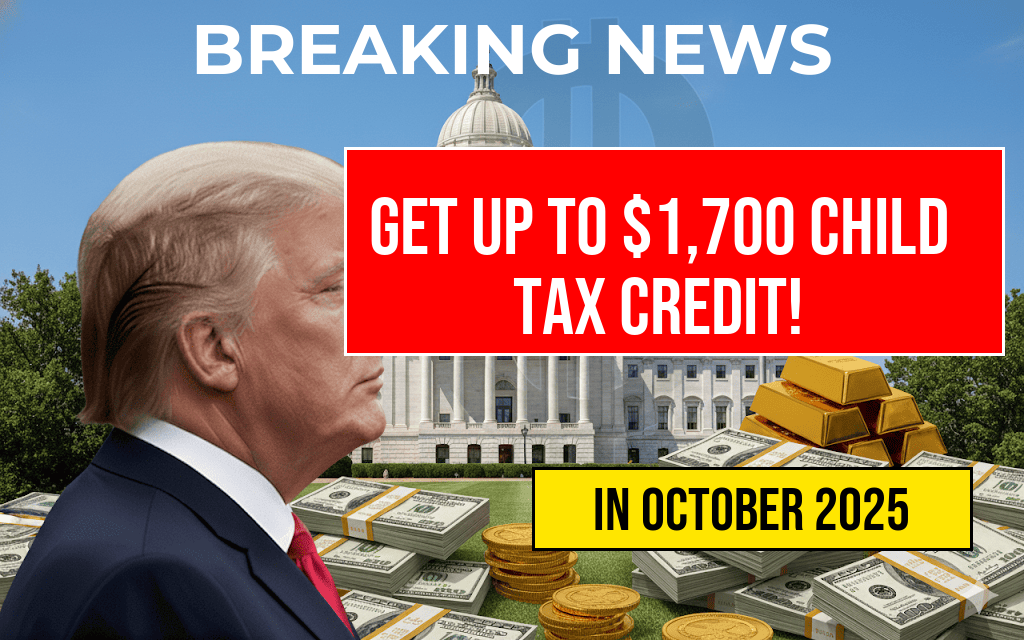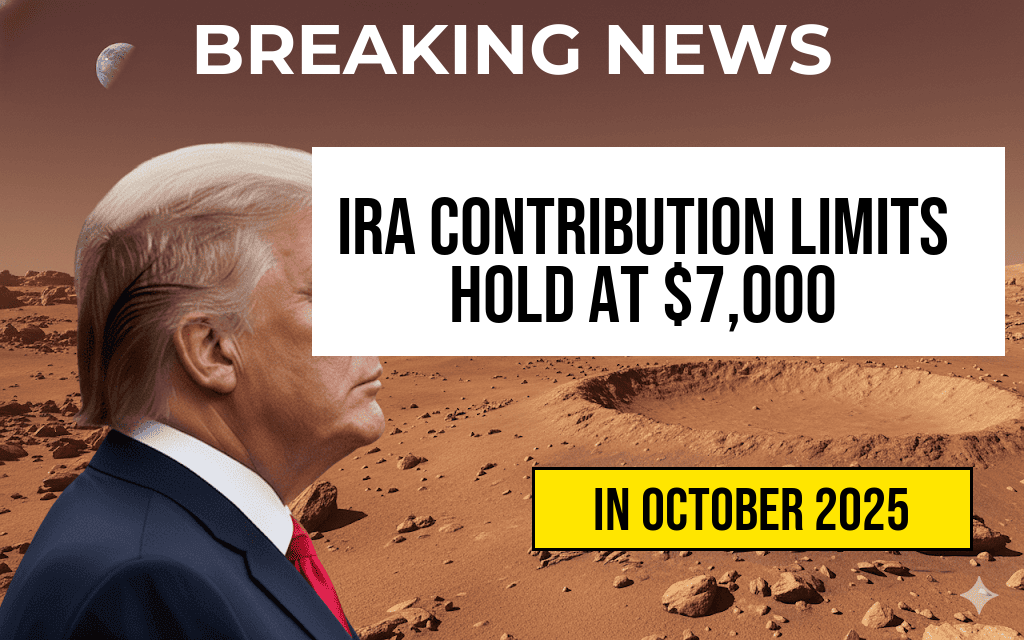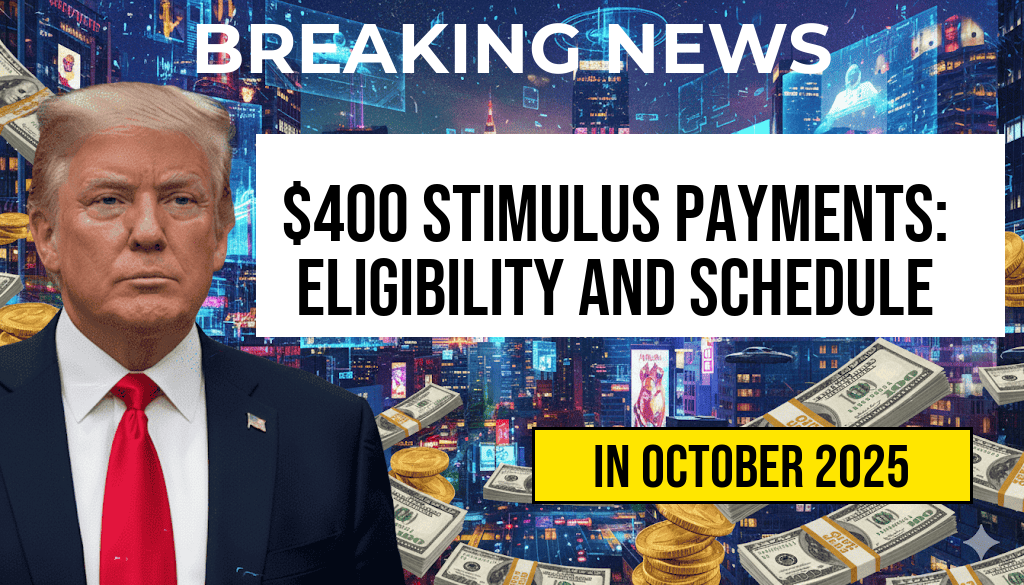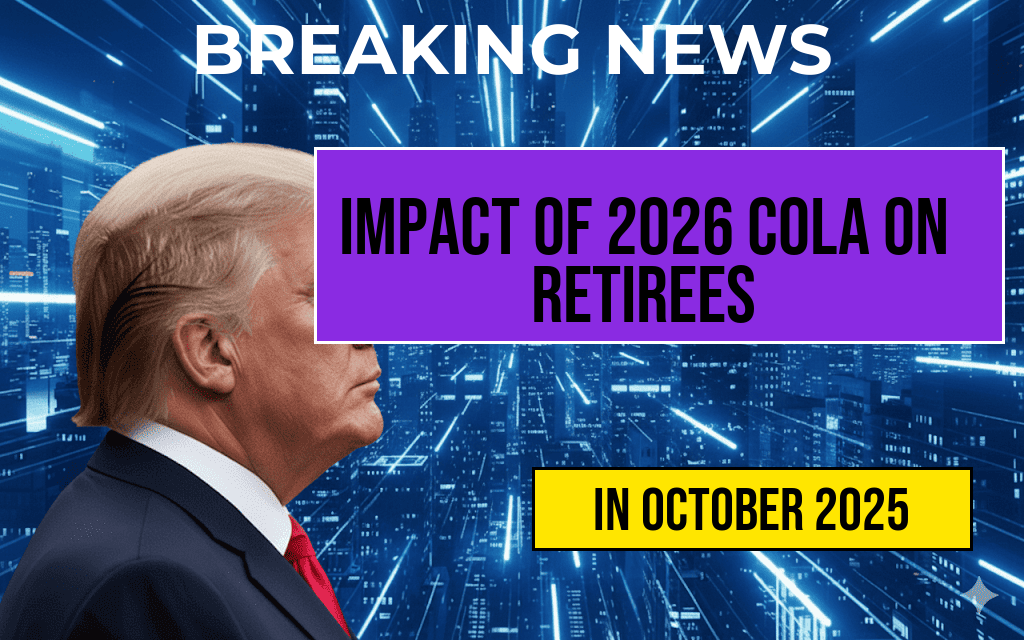The U.S. Department of Labor has announced updated hourly pay rates following the nationwide minimum wage increase, which will take effect on October 4, 2025. This adjustment is part of an ongoing effort to address economic disparities and support workers across various sectors. The new federal minimum wage will rise to $15 per hour, marking a significant step toward improving living standards for millions of Americans. The decision comes amid growing discussions about wage equity and inflation, as many workers have expressed the need for increased compensation to keep pace with the rising cost of living. This article provides an overview of the new wage structure, its implications, and how it compares to current state and federal standards.
Details of the Minimum Wage Increase
The revised minimum wage of $15 per hour will affect a vast array of workers, including those in retail, hospitality, and service industries. This increase is expected to benefit approximately 32 million Americans, particularly in low-wage jobs where workers have historically struggled to make ends meet.
Current and Upcoming Pay Rates
| State | Current Minimum Wage | New Minimum Wage (Effective October 4, 2025) |
|---|---|---|
| California | $15.50 | $15.00 |
| New York | $15.00 | $15.00 |
| Texas | $7.25 | $15.00 |
| Florida | $11.00 | $15.00 |
Impacts on Workers and Employers
- Increased Buying Power: The wage increase is designed to enhance workers’ purchasing power, allowing them to better afford basic necessities.
- Potential Job Growth: Advocates claim that a higher minimum wage can stimulate job growth and consumer spending.
- Employer Adjustments: Businesses may need to reevaluate their payroll structures, possibly leading to price adjustments for goods and services.
While supporters of the wage increase argue it is a crucial step toward economic justice, critics caution that it could lead to job cuts and increased automation in certain sectors. Many small businesses, already struggling with rising operational costs, are particularly concerned about the financial burden of complying with the higher wage standard.
State-Level Responses and Variations
In addition to federal changes, many states have enacted their own minimum wage laws, which may exceed the federal standard. For example, states like California and New York already have minimum wages set at $15 or higher. This patchwork of regulations often results in significant variations in pay rates across the country.
Local Minimum Wage Initiatives
Several cities are also pursuing local minimum wage increases that aim to address specific economic conditions. For instance, cities like Seattle and San Francisco have implemented their own initiatives to surpass state and federal standards, reflecting local cost-of-living challenges. These local actions often lead to heated debates about the balance between fair wages and business sustainability.
Future Considerations
The impending wage increase is expected to spark ongoing discussions about economic policy, workers’ rights, and the role of government in regulating pay. As the effective date approaches, advocacy groups are mobilizing to ensure that the new wage standards are implemented fairly and effectively across all sectors.
For more information on the minimum wage changes and their implications, visit the U.S. Department of Labor or check out insights from Forbes.
Frequently Asked Questions
What is the new minimum wage rate effective October 4, 2025?
The updated minimum wage rate will be announced closer to the implementation date, reflecting adjustments based on inflation and economic conditions.
How often does the minimum wage get updated in the U.S.?
The minimum wage can be updated at the federal level or by individual states, typically reviewed annually or biannually, but significant changes may occur based on legislative action.
Will all states be required to follow the new minimum wage increase?
What factors influence the changes in minimum wage rates?
Changes in the minimum wage are influenced by various factors, including inflation, cost of living, economic growth, and political decisions made at both state and federal levels.
How does the minimum wage increase affect employees and employers?
The minimum wage increase can lead to higher earnings for low-wage workers, improving their standard of living, while employers may face increased labor costs that could impact their business operations.

